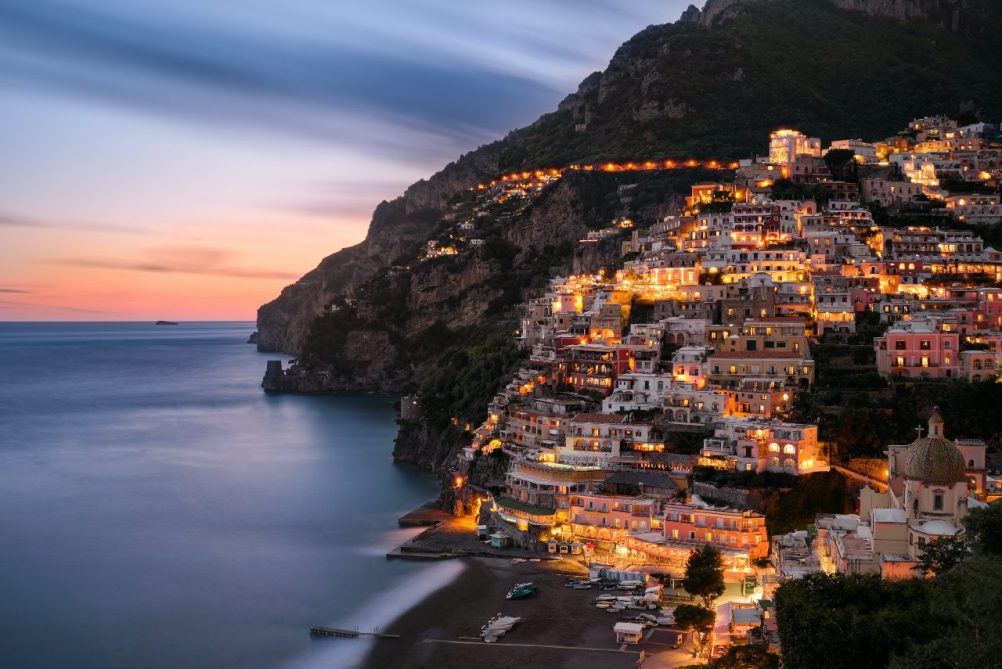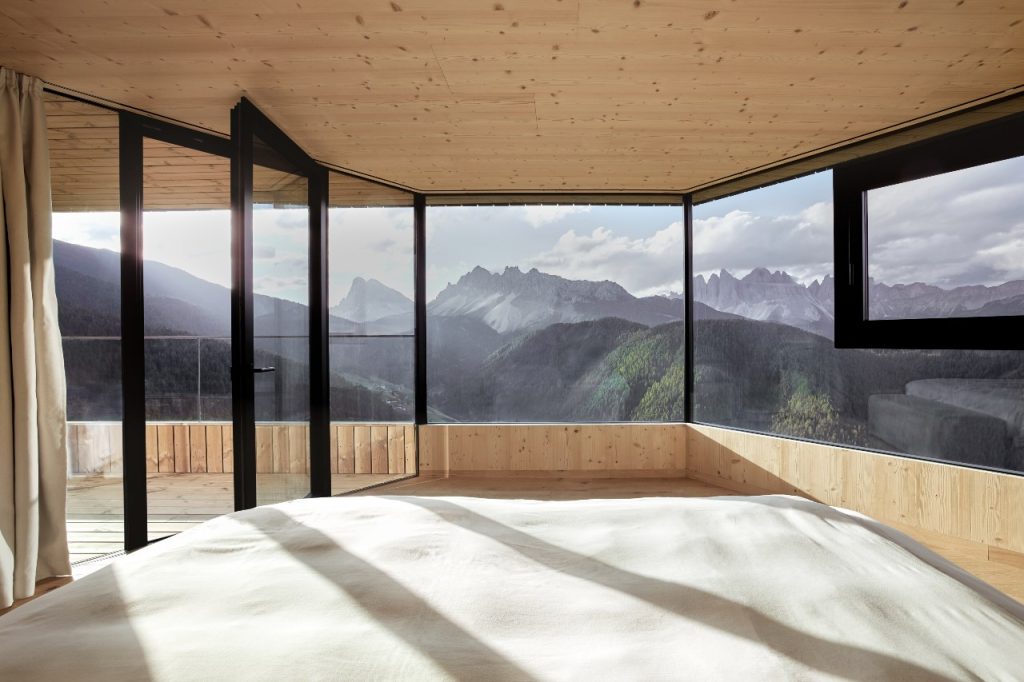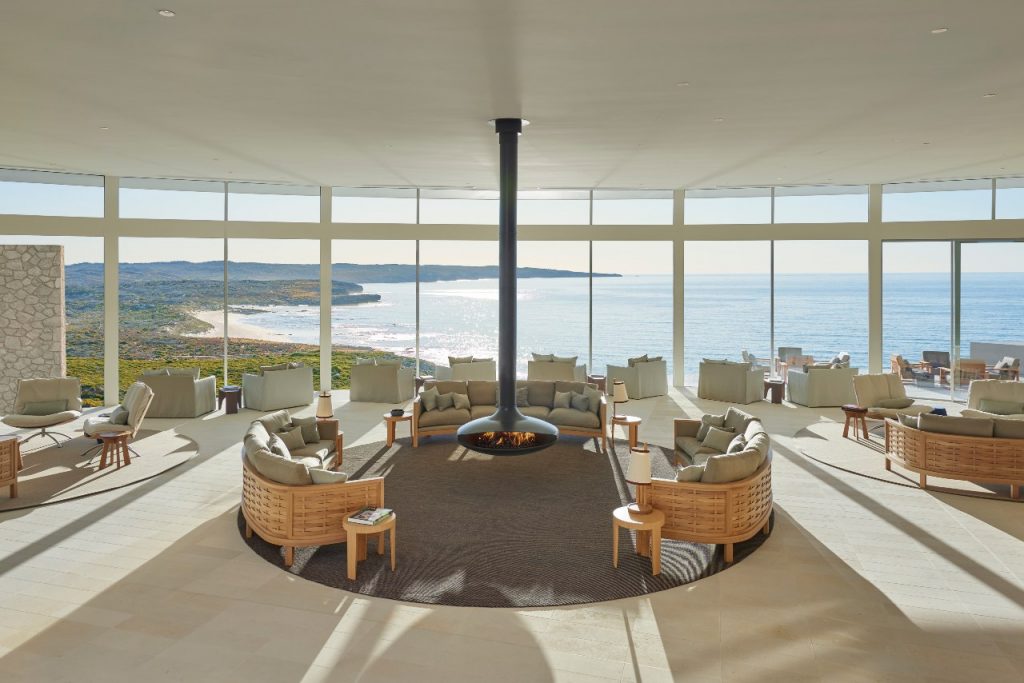Amalfi Coast: where to eat, stay and explore
Make the most of your stay on Italy’s most celebrated coastline
Words by Ute Junker
Photo Sebastian Leonhardt via Unsplash
Strung along the mountainous coast like pearls on a necklace, joined by a thin ribbon of winding road, the towns of the Amalfi Coast are among Italy’s most alluring destinations. From the pretty pastel houses of Positano to the majesty of Capri perched in its island splendour, there is plenty to explore. Take your pick of these highlights.
Capri
Some visitors arrive by superyacht, others by cruise ship, still others on the fast ferry from Naples, but most of the visitors to Italy’s most glamorous island share the same goal: the desire to flash some cash in the luxury boutiques that line the narrow streets, before kicking back in one of Capri’s glamorous bars. Tempting as those are, smart visitors also set some time aside to explore the island’s natural wonders.
Where to start: The startling turquoise waters of the Blue Lagoon are Capri’s top natural attraction; sign up for a two-hour cruise and you will also get to see the ruins of ancient palaces belonging to the Roman emperor Tiberius, and perhaps spot a dolphin or two.
Insider tip: Bring your walking shoes. The island’s interior is home to some lovely walks. The two-hour return trip from Capri town to the Arco Naturale and the Grotta di Matermania takes you along lovely pine-fringed paths, with plenty of opportunities to refresh yourself at charming trattoria along the way.
Staying there: Head away from the crowds of Capri town up to the hillside retreat of Anacapri, a more tranquil alternative to the bustle below. It is also home to the island’s most irresistible lodging, the Capri Palace. The individually-decorated suites are elegant and indulgent, variously equipped with plunge pools and private terraces, and the state-of-the-art spa offers therapeutic treatments as well as massages and facials.
Eating there: Looking for fine dining? No need to go far: the island’s best restaurant is conveniently located inside the Capri Palace. L’Olivo’s cashmere-covered sofas and sophisticated menu have been rewarded with two Michelin stars.
Positano
The town that launched a thousand postcards, Positano is ridiculously pretty, its pink, white and yellow buildings clinging precariously to the hillside that rises sharply from the coast. It is a lovely little town to wander through, but those sharply angled streets, and the steep flights of stairs that link them, will give your calves a workout.
Where to start: Positano is the starting point for one of the Amalfi Coast’s most scenic clifftop walks, the Sentiero degli Dei, or Path of the Gods, which offers stunning views as it wends its way through vineyards, lemon groves and shady copses. Keep one eye on the ground: the terrain varies, from crumbling stone steps to narrow rocky paths. The entire walk from Positano to Bomerano takes around four hours, but you can halve that time by taking the bus from Positano to the tiny village of Nocelle and starting your walk there.
Insider tip: If you prefer a stroll to a hike, follow the coastal path from the ferry wharf to Fornillo. A short walk will bring you to Fornillo beach; settle in at one of the bars for a lazy afternoon by the sea.
Staying there: Le Sirenuse has a magnificent sense of seclusion despite sitting in the heart of town. It also rejoices in a sun terrace and panoramic sea views from not just from the rooms but also from the swimming pool.
Eating there: When the sun starts to set, most visitors head straight for the seafront, where buzzy restaurants are lined up like books on a shelf. The smart ones, however, stay in the heart of town. Hidden behind high walls is the town’s most romantic restaurant, Al Palazzo, with candlelit tables scattered in a garden setting. Wine aficionados will love the impressive wine list: ask your waiter if you can take sneak a look at the cellar.
Amalfi
It’s a little odd that the town that has lent its name to this stretch of coast attracts fewer visitors than its neighbours, but its locals-first vibe is part of its charm, with grocers and hardware shops sitting alongside the obligatory boutiques selling linen skirts and leather sandals. The town’s big attraction is its historic buildings, which date back to the era when Amalfi rivalled Venice and Pisa as one of Europe’s great powers.
Where to start: There is no missing Amalfi’s cathedral, with its wide steps, its striped marble façade and its ornate dome. That, however, is nothing compared with what lies inside. From the Moorish-inspired Cloister of Paradise to the extravagantly decorated crypt, its vaulted ceilings emblazoned with frescoes, this is one church that you will want to explore thoroughly.
Insider tip: Walk 15 minutes along the seafront and you will find the lovely village of Atrani, protected by a gentle curve of beach. This tiny town has a charming medieval feel, and its mazelike streets lined with narrow houses were made for exploring.
Staying there: In happier times, Angelina Jolie and Brad Pitt stayed at the Santa Caterina Hotel, and you can feel the romance at this cliffside mansion just outside town (there is a regular shuttle for those who don’t want to walk). The garden suites are the top lodgings, particularly the Chalet Giulietta e Romeo, set amid aromatic orange groves.
Eating there: Whatever you order at Da Ciccio: Cielo Mare Terra, run by the fourth generation of the Calaviere family, comes either fresh from the seas or straight from the family’s organic farm. The setting outside town is beautiful, and the restaurant runs a free shuttle for diners.
A version of this article originally appeared on Travel Associates.



